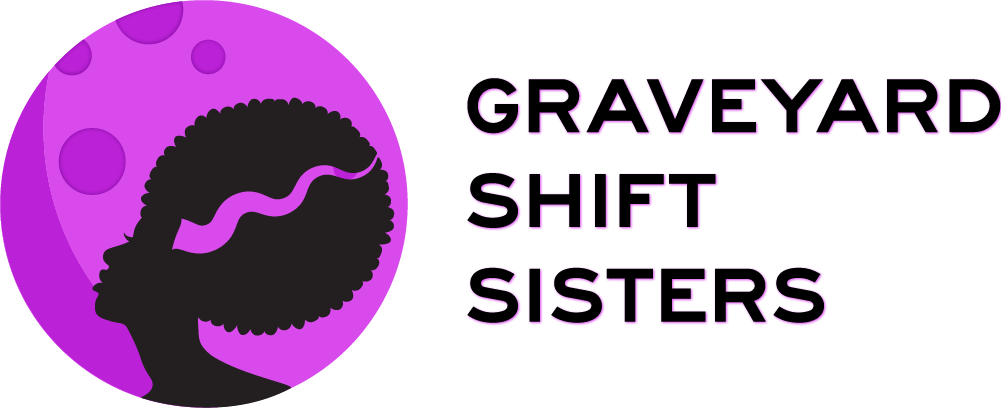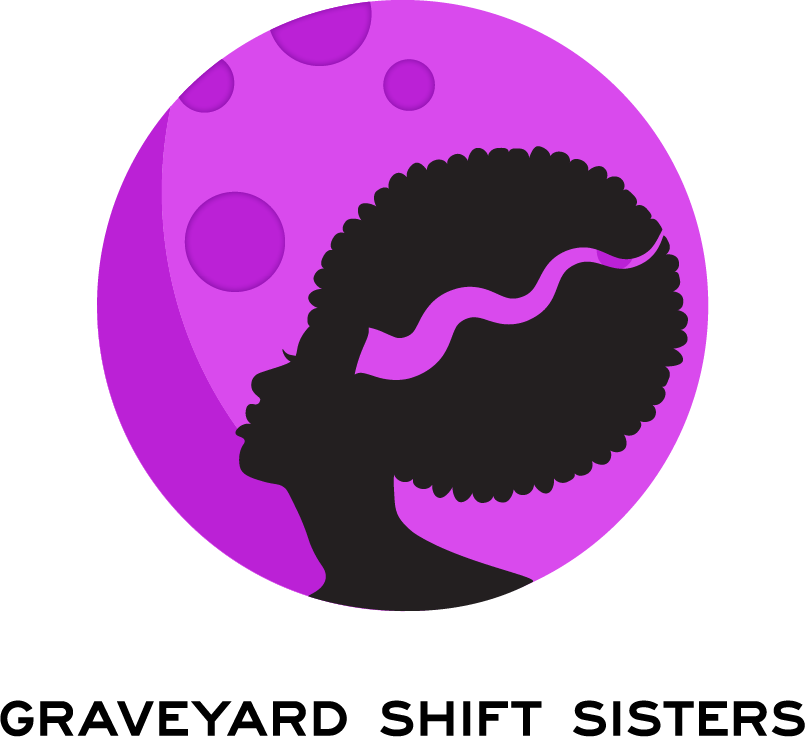Black Women Horror Studies: The Conjure Woman Resource Packet
"It is no coincidence that her first line, “Y’all haters corny with that illuminati mess,” both doubles as a refutation of the conspiracy theory of her involvement with a secret Satanic society as well as an embrace of an African religion that has long been demonized by church folks. Beyoncé is here to reclaim all the aspects of black life that have been rendered as deviant, as waste, as toxic, as destructive. She will conjure it, remix it and remind us of the inherent value of black lives (and why they matter)."
-Janell Hobson, Beyoncé as Conjure Woman: Reclaiming the Magic of Black Lives (That) Matter
"The first thing I immediately thought when I saw Beyoncé's “Formation” was that some folks ruts – “roots” – would show. You know, ruts: biases, fears of lineage, missing genealogies, shit like that. And folks don’t like their ruts or their slip showing. Beyoncé showed er’body’s slip, parasol, skeeta bite scars, and conjuring grandmamma essence in this video. And it was scary. Downright gothic. That is, of course, unless you’re southern – by affiliation or blood and maybe hot sauce preference – and your ruts are ALWAYS showing because there was no reason to hide them in the first place."
-Dr. Regina Bradley, Getting in Line: Working Through Beyonce’s “Formation”
The Conjure Woman is an unearthing, a powerful presence who refuses to be forgotten, multiplicitous. Part trauma, part joy, part past, part present, and more importantly, a combination of a future, an identity of sole authorship, etched on every part of her humanity. Dr. Regina Bradley (Red Clay Scholar) beautifully breaks down Beyoncé as a Conjure Woman and the speculative, particularly in Beyoncé's "Formation," connecting spaces with reclamation, colors in the artists' attire and use of supporting players in their own division within the whole (the little boy in the hoodie) speak of deities. This reading is cold water on your face before sunrise. "Formation" aligns the forgotten. The possessors who move our thoughts and actions forward, carrying the weight of what's not to be forgotten. Those who have passed on to another life beyond the material.
A Conjure Woman is a "trickster" "folkloric figure" "taking West African religious practices and marrying some of them with Christianity and as a specific way in which African Americans practice their spirituality." Scholar Kameelah Martin notes, "a conjurer includes, but is certainly not limited to root workers, fortune tellers, midwives, herbalists, hoodoo doctors, voodoo queens, spiritual mediums, persons born with a caul, or second sight, and others who are gifted with verbal or visual communication with the spirit world. The term conjure woman, then, works as an umbrella term for the various forms of healing and spiritual practices with expressly African derivations that appear in African American literature."
The Conjure Woman In Literature
Chesya Burke offers an introductory list of novels to check out for fictional depictions of The Conjure Woman:
The Conjure Woman, Charles W. Chestnutt
Jonah's Gourd Vine, Zora Neale Hurston
Aunt Sara's Wooden God, Mercedes Gilbert
The Conjure Man Dies, Rudolph Fisher
Song Of Solomon, Toni Morrison
Mojo Hand, J.J. Phillips
The Salt Eaters, Toni Cade Bambara
Voodoo Dreams, Jewell Parker Rhodes
Additional narrative sources:
Mama Day, Gloria Naylor
Sula, Toni Morrison
Binti, Nnedi Okorafor
The Conjure Woman (& Man) In Popular Film & Television
This link is a visual library of film and television Conjure characters:
http://atreeandarose.tumblr.com/post/135852763981/sourcedumal-magica-tenore-regina
Author Eden Royce provides a great overview about Southern conjure magic. There are three major facts to consider:
"Hoodoo is not voodoo. Voodoo is a religion practiced alongside Catholicism. Hoodoo is a multi-generational spiritual and magical practice."
Southern conjure blends "African, Native American, and European magic systems."
Conjure magic was initially used for protection and luck.
Eden proposes another way of portraying this practice in our current media landscape:
I’d really like to see one that showed the original intent of this folk magic. One that showed another side of conjure. The side where women are strong and powerful, but with an elegance and grace under fire. Women who helped each other and worked their magic for the greater good. In reality, male and female workers of hoodoo, conjure, root—whatever term you want to use—are normal people who hold jobs, pay taxes, raise families, and are compensated well for their talents. Even so, don’t cross them. Or they may cross you.
Sources:
Conjure Woman Archetype: A History
UTSA's New Course On Black Feminism
Misconceptions About Southern Conjure Magic by Eden Royce
Beyoncé as Conjure Woman: Reclaiming the Magic of Black Lives (That) Matter
Conjuring Moments And Other Such Hoodoo: African American Women & Spirit Work by Kameelah Martin
Black Magic: Religion and the African American Conjuring Tradition by Yvonne P. Chireau
Image: Black girl on a forest road By Gabriel (Gabi) Bucataru

